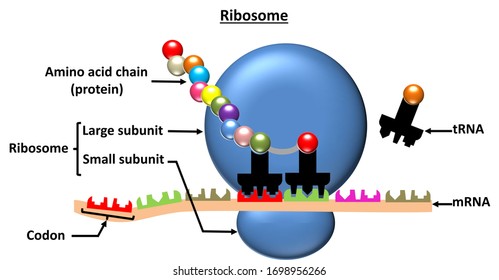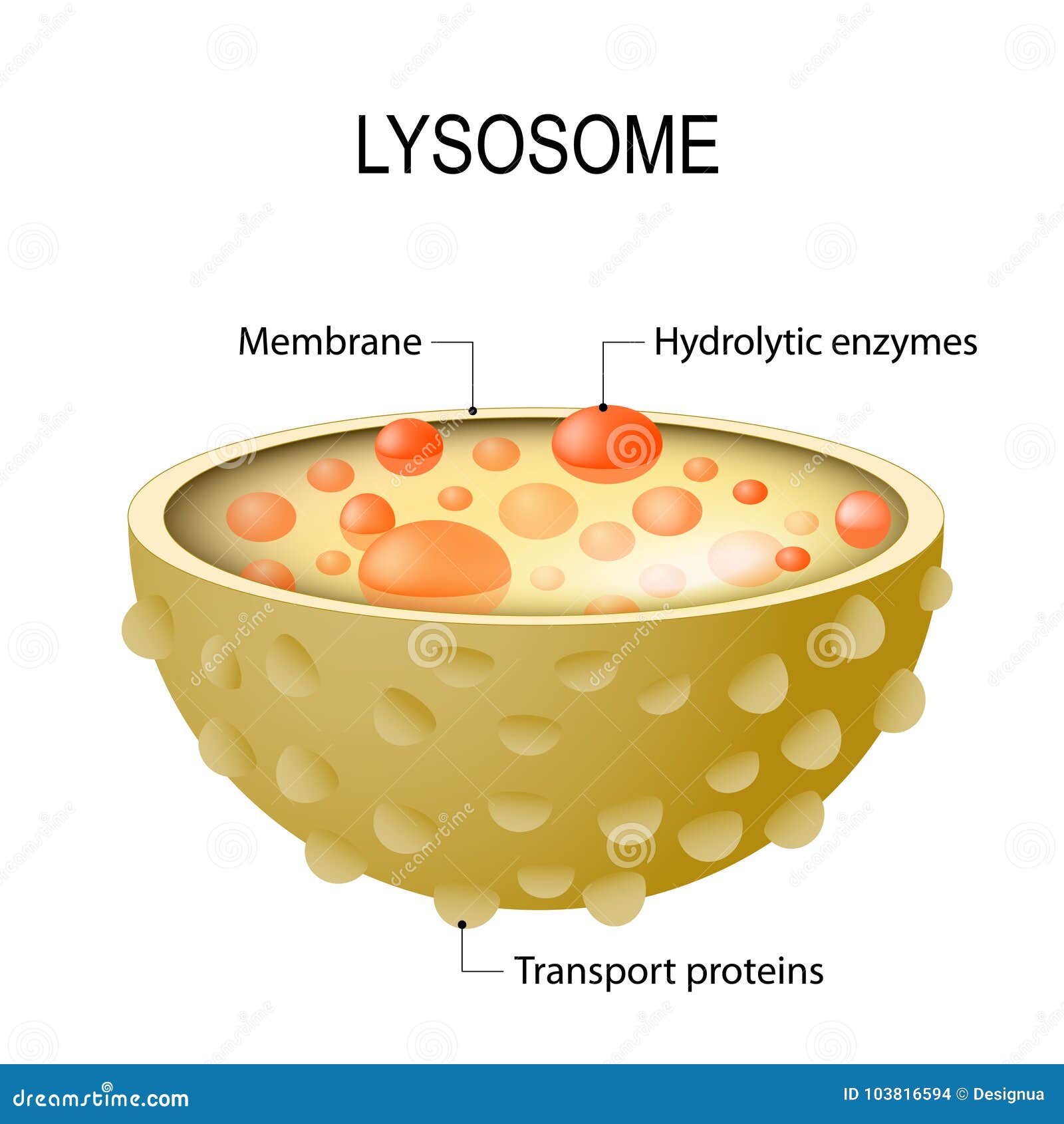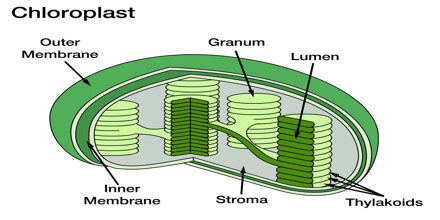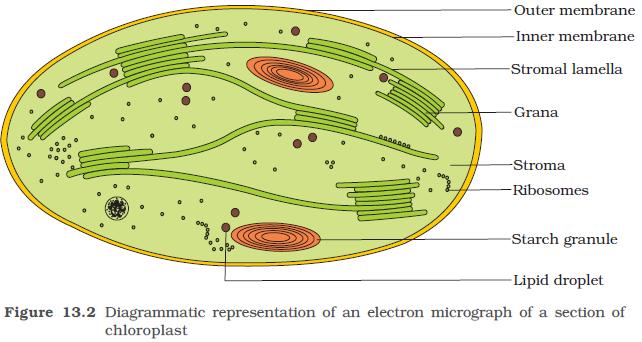CHROMOSOMES:-
Chromosomes are
self-reproducing thread-like structures packed with the DNA located inside the
nucleus. These are derived in the form "chromo" which means
"color" and "soma" means "body" and are easily
stained with dyes. They are the vehicles of heredity ie, concerned with the
transmission of characters from generation to generation. Each chromosome is
made up of DNA tightly coiled many times around proteins called
"histones" that support its structure.
Chromosomes were
first observed by "Hofmeister" in 1848 in the nuclei of pollen mother
cells of Tradescantia. However, the term chromosome was first named and used in
1888 by "Waldeyer". Chromosomes appear as dark-stained bodies during
mitosis when the cells are stained by a suitable basic dye and viewed under a
light microscope.
The chromosomes are large, linear present in the nucleus. Each
chromosome typically has one centromere and one or two arms that project out
from the centromere. During mitosis, the chromosomes split longitudinally into
two chromatids.
The two chromatids are attached to the centromere. Each chromosome
is divided into three parts namely:
- Pellicle: It is the thin outer substance that surrounds the
chromosome.
- Matrix: It is the ground part of the chromosome which consists of
chromonemata.
- Chromonemata: These are two identical, spirally coiled threads
embedded in the matrix of each chromosome.
The number of chromosomes varies from species to species. But the number remains
constant among the members of the same species. The lowest number of
chromosomes is 2 which occurs in Ascaris megalocephala. And the maximum number
of chromosomes is 1700 which occurs in radiolarian.
The size of the chromosome ranges from 0.1-30 microns. The
diameter varies from 0.2-2 microns. In general, plants have larger chromosomes than
animals. For eg; the plant Trillium has chromosomes with the length of 32
microns at the metaphase. The length of
the human chromosome varies from 4-6 microns.
There are some other points to be
noted. Generally, the chromosomes are arranged in pairs.
- A pair of similar chromosomes are
called “homologous chromosomes”.
- The somatic cells contain two sets of
chromosomes which are called diploid numbers and are represented by “2n”.
- The gametes contain only one set of chromosomes which is called the haploid number and is represented as “n”.
- Sometimes a cell may contain more than two
sets of chromosomes, and this number is called as “polyploid number (3n,4n,5n)
Types of Chromosomes:-
1. based on the position of
centromere:-
The shape of a
chromosome is largely determined by the position of its centromere ie, a small
structure in chromonemata that divides a chromosome into two arms. The short
arm is represented as the ‘p’ arm whereas the long arm is the ‘q’ arm. On this basis,
chromosomes are classified into four types. They are the following;
a. Telocentric:- The centromere is
located at the terminal end of the
chromosome, so the chromosome has just one arm. Such chromosomes are rare and
exist normally in certain species of Protozoa
b. Acrocentric:- These are rods like
chromosomes having a very small arm and a very long arm. The centromere
occupies a subterminal position. This is a characteristic of Locus.
c. Sub-metacentric:- These chromosomes
are L-shaped having unequal arms. The centromere is slightly away from the
midpoint.
d. Metacentric:- These chromosomes are
‘V’ shaped. They have arms equal in length. Here the centromere lies in the
middle of a chromosome. This is a characteristic of Amphibia.
2. based on the number of
centromeres:-
The
chromosomes are divided into five types depending on the number of centromeres.
They are
a. Monocentric : consists of one
centromere
b. Dicentric: consists of two centromere
c. Polycentric: consists of more than
two centromeres
d. Acentric: It does not consist of any
centromere. These are the freshly broken parts of chromosomes that do not
survive for long.
e. Diffused or non-located with
indistinct centromere diffused throughout the length of the chromosome.
3. Human Chromosomes:-
Humans have 23 pairs of
chromosomes (46 Chromosomes) in their cells.
The human chromosomes are of two types. They are:-
a. Allosomes:- Genetic traits of the sex
of a person are passed on to sex chromosomes or allosomes. Humans have one pair
of sex chromosomes.
b. Autosomes:- The rest of the genetic
information is present in the remaining 22 pairs of chromosomes known as
autosomes.
Functions of
Chromosomes:-
- Self
duplication:- They help in transferring the characters from one generation to
another generation or from parents to offsprings.
- Chromosomes
controls the biological process in the body of an organism.
- These
control the cell metabolism by directing the formation of necessary protein in
our body and maintain the order of DNA.
- They
help in cell differentiation during the development of cell and controls
the cell division.
- A
chromosome also helps in determining the sex of the individual.
Giant chromosomes:-
The giant chromosomes are exceptionally larger ones. These are
described as unusual chromosomes by A.M.Winchester.There are two types of giant
chromosomes namely
a) Polytene chromosomes
b) Lampbrush chromosomes
a) Polytene chromosomes:
These were discovered by
Balbiani in 1881. They are found in salivary glands, gut cells, and fat body cells of insects. It
is a giant chromosome that is larger in size. For eg; Drosophila melanogaster
is 1000 times larger than the somatic chromosomes. The larger size of the
chromosome is due to the presence of many longitudinal strands called
chromonemata.
The polytene chromosomes contain two types
of transverse bands, namely dark bands and inter bands
- The dark bands contain more DNA and
less RNA
- The inter bands contain more RNA and less
DNA.
The bands of
polytene chromosomes become enlarged at certain times to form swellings called
“puffs”. The formation of puffs is called ‘puffing’. Thus puffing is caused by
uncoiling the individual chromomeres in a band. The puffs indicate the site of
active genes when mRNA synthesis takes place. The chromonema of puff gives out
many series of loops laterally. As these loops appear as rings, they are called “Balbiani rings” which are formed of DNA, RNA, and a few proteins.
b) Lampbrush chromosomes:
The lampbrush chromosome was discovered by "Ruckert" in 1892. It contains lateral loops and appears like a brush, hence the name "lampbrush chromosome". It is found in the oocytes of sagitta, sepia, Echinaster, insects, sharks, amphibians, reptiles, birds, acetabularia etc. They are also found in spermatocytes. The main axis of each chromosome is formed of 4 chromatids.These are meiotic chromosomes that vary from 350 -100 um. The chromosome has a telomere, a centromere, and a nuclear organizer that produces a nucleolus continuously.
- Courtesy by google images.



























